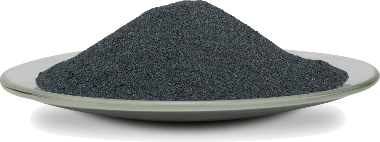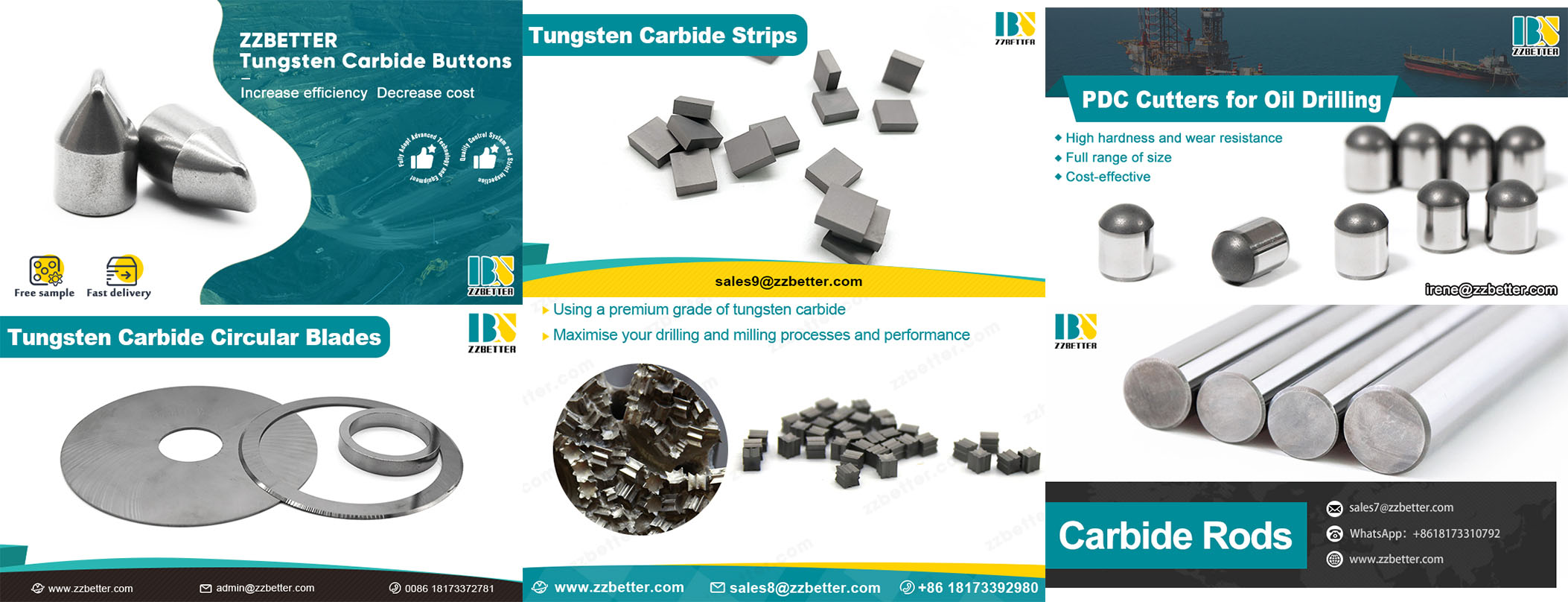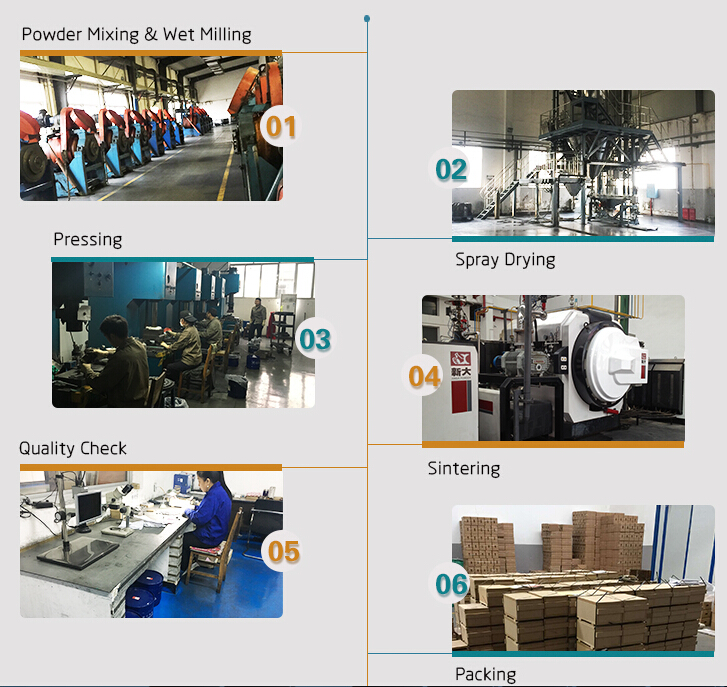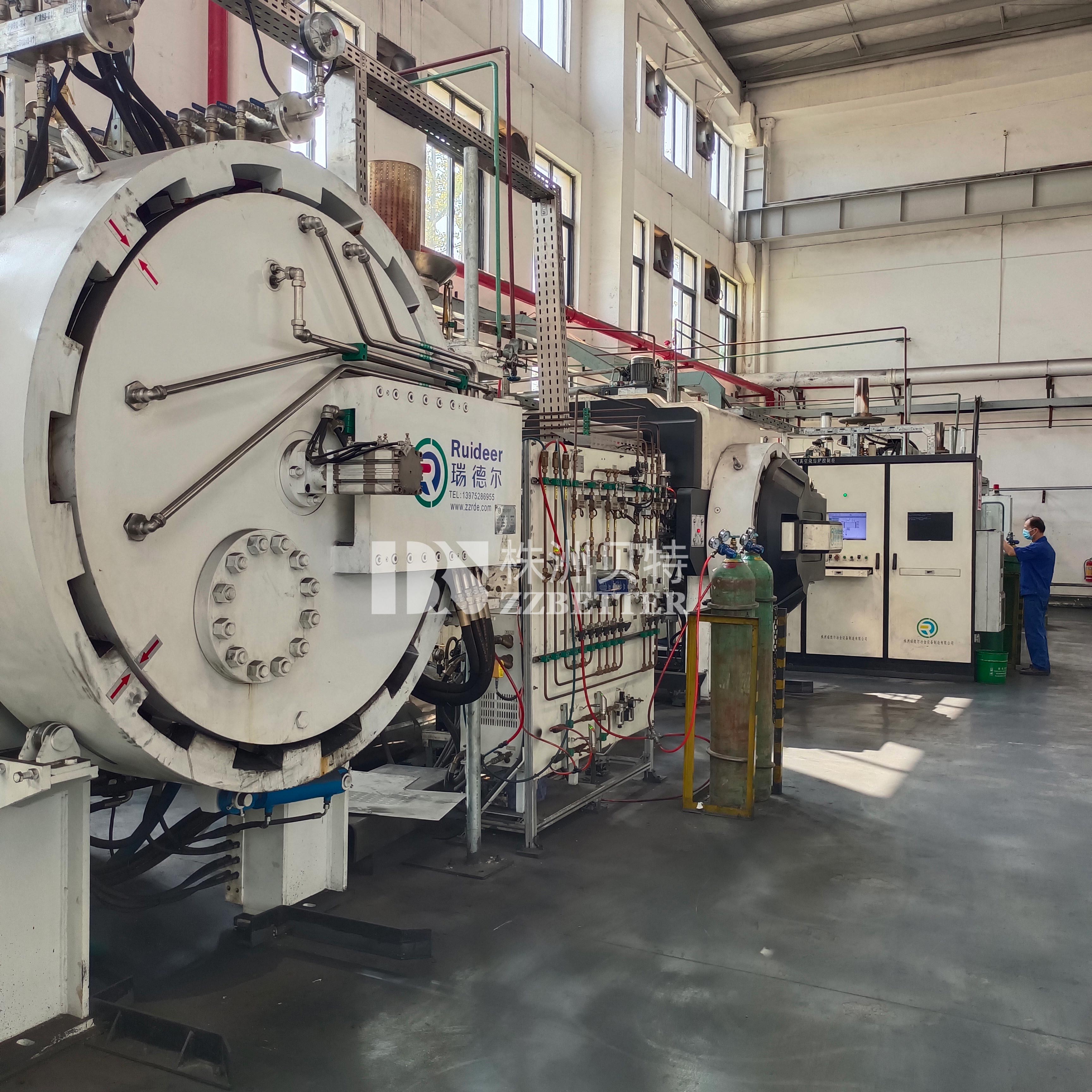Powder Metallurgy and Tungsten Carbide
Powder Metallurgy and Tungsten Carbide

In modern industry, tungsten carbide products are mainly made by powder metallurgy. You may have many questions about powder metallurgy and tungsten carbide. What is powder metallurgy? What is tungsten carbide? And How is tungsten carbide made by powder metallurgy? In this long article, you will get the answer.
The main content of this article is as follows:
1.Powder metallurgy
1.1Brief introduction of powder metallurgy
1.2History of powder metallurgy
1.3Material to be manufactured by powder metallurgy
1.4Manufacturing process by powder metallurgy
2.Tungsten carbide
2.1Brief introduction of tungsten carbide
2.2Reasons for applying powder metallurgy
2.3Manufacturing process of tungsten carbide
3.Summary

1.Powder metallurgy
1.1brief introduction of powder metallurgy
Powder metallurgy is a manufacturing process to make materials or components by compacting the powder into a certain shape and sintering it under a temperature below the melting points. This method is not recognized as a superior way to produce high-quality parts until a quarter century ago. The process of tungsten carbide mainly includes two parts: one is compacting the powder in a die, and the other one is heating the compact in a protective environment. This method can be used to produce plenty of structural powder metallurgy components, self-lubricating bearing, and cutting tools. During this process, powder metallurgy can help lower material losses and reduce the cost of the final products. Generally, powder metallurgy is suitable for manufacturing those products which will cost a lot by alternative process or which are unique and can only be made by powder metallurgy. One of the biggest advantages of powder metallurgy is that the powder metallurgy process is flexible enough to allow the tailoring of the physical characteristics of a product to suit your specific property and performance requirements. These physical characteristics include the complex structure and shape, porosity, performance, performance in stress, absorption of vibrations, great precision, good surface finish, large series of pieces with narrow tolerances, and special properties such as hardness and wear resistance.
1.2History of powder metallurgy
The history of powder metallurgy begins with metal powder. Some powder products were found in the Egyptian tombs in the third century BC, and non-ferrous and ferrous metals were found in the mid-East, and then spread to Europe and Asia. The scientific foundations of powder metallurgy were found by the Russian scientist Mikhail Lomonosov in the 16th century. He is the first one to study the process of converting various metals, such as lead, into powdery situations.
However, in 1827, Another Russian scientist Peter G. Sobolevsky presented a new method of making jewelry and other items with powders. At the beginning of the twentieth century, the world changed. Powder metallurgy technologies are used, and with the development of electronics, interest increased. After the mid-21th century, the products produced by powder metallurgy increased a lot.
1.3Materials to be manufactured by powder metallurgy
As we have mentioned before, powder metallurgy is suitable for manufacturing those products which will cost a lot by alternative process or are unique and can only be made by powder metallurgy. In this part, we will talk about these materials in detail.
A.Materials which cost a lot by an alternative process
Structural parts and porous materials are materials that cost a lot by other methods. Structural parts include some metals, such as copper, brass, bronze, aluminum, and so on. They can be manufactured by other methods. However, people like to powder metallurgy because of the lower cost. Porous materials such as oil retaining bearings are often made by powder metallurgy. In this way, applying powder metallurgy can reduce initial costs.
B.Unique materials that can only be made by powder metallurgy
There are two kinds of unique materials that cannot be produced by alternative methods. They are refractory metals and composite materials.
Refractory metals have high melting points and are difficult to produce by melting and casting. Most of these metals are also brittle. Tungsten, molybdenum, niobium, tantalum, and rhenium belong to these metals.
As for the composite materials, there are various materials, such as electrical contact material, hard metals, friction materials, diamond cutting tools, several wrought products, soft magnetic composite, and so on. These composites of two or more metals are insoluble, and some metals have high melting points.

1.4Manufacturing process by powder metallurgy
The main manufacturing process in powder metallurgy is mixing, compacting, and sintering.
1.4.1 Mix
Mix the metal powder or powders. This process is carried out in a ball milling machine with binder metal.
1.4.2 Compact
Load the mixture into a die or mold and apply pressure. In this process, the compacts are called green tungsten carbide, which means unsintered tungsten carbide.
1.4.3 Sinter
Heat the green tungsten carbide in a protective atmosphere at a temperature below the melting point of the main components so that the powder particles weld together and confer sufficient strength to the object for the intended use. This is called sintering.
2.Tungsten carbide
2.1Brief introduction of tungsten carbide
Tungsten carbide, also called tungsten alloy, hard alloy, hard metal, or cemented carbide, is one of the hardest tool materials in the world, only after diamond. As a composite of tungsten and carbon, tungsten carbide inherits the advantages of the two raw materials. It has many good properties such as high hardness, good strength, wear resistance, impact resistance, shock resistance, durability, and so on. Grades can also be a part to influence the performance of tungsten carbide itself. There are lots of grads series, such as YG, YW, YK, and so on. These grade series are different from the binder powder added in the tungsten carbide. YG series tungsten carbide selects cobalt as its binder, while YK series tungsten carbide uses nickel as its binder.
With so many advantages concentrated on this kind of tool material, tungsten carbide has wide applications. Tungsten carbide can be made in many kinds of products, including tungsten carbide buttons, tungsten carbide rods, tungsten carbide plates, tungsten carbide end mills, tungsten carbide burrs, tungsten carbide blades, tungsten carbide punch pins, tungsten carbide welding composite rods, and so on. They can be widely used as a part of drill bits for tunneling, digging, and mining. And they can be applied as a cutting tool to do cutting, milling, turning, grooving, and so on. Except for the industrial application, tungsten carbide can also be used in daily life, such as the small ball in the nib of the gel pen.
2.2Reasons for applying powder metallurgy
Tungsten carbide is a refractory metal, so it is difficult to process by ordinary manufacturing methods. Tungsten carbide is a material that can only be manufactured by powder metallurgy. Except for tungsten carbide, tungsten carbide products also contain other metals, such as cobalt, nickel, titanium, or tantalum. They are mixed, pressed by molds, and then sintered at high temperatures. Tungsten carbide has a high melting point, and it should be sintered at a high temperature of 2000鈩?to form the desired size and shape and obtain high hardness.
2.3Manufacturing process of tungsten carbide
In the factory, we apply powder metallurgy to manufacture tungsten carbide products. The main process of powder metallurgy is to mix the powders, compact powders, and sinter green compacts. Considering the special properties of tungsten carbide we have talked about in the 2.1 Brief introductions to tungsten carbide, the manufacturing process of tungsten carbide is more complex. The details are as follows:

2.3.1 Mixing
During mixing, workers will mix up the high-quality tungsten carbide powder and binder powder which is mainly cobalt or nickel powder, at a certain proportion. The proportion is determined by the grade the customers are requiring for. For example, there is 8% cobalt powder in the YG8 tungsten carbide. Different binder powders have different advantages. As the most common one, cobalt is able to wet the tungsten carbide particles and bind them very tightly. However, the price of cobalt is rising, and cobalt metal is increasingly rare. The other two bind metals are nickel and iron. Tungsten carbide products with iron powder as a binder have lower mechanical strength than that with cobalt powder. Sometimes, factories will use nickel as a substitute for cobalt, but the properties of tungsten carbide-nickel products will be lower than tungsten carbide-cobalt products.
2.3.2 Wet milling
Mixtures are put in a ball milling machine, in which there are tungsten carbide liners or stainless steel liners. During wet milling, ethanol and water are added. The grain size of tungsten carbide particles will impact the properties of the final products. Generally speaking, tungsten carbide with a larger grain size will have a lower hardness.
After wet milling, the slurry mixture will be poured into the container after sieving, which is an important measure to prevent tungsten carbide from contamination. The slurry tungsten carbide is kept in the container to wait for the next steps.
2.3.3 Dry spray
This process is to evaporate the water and ethanol in the tungsten carbide and dry the tungsten carbide mixture powder in a spray drying tower. Noble gases are added to the spray tower. To ensure the quality of the final tungsten carbide, the liquid in the tungsten carbide should be dried up completely.
2.3.4 Sieving
After dry spray, workers will sieve the tungsten carbide powder to remove the possible oxidation lumps, which will affect the compacting and sintering of tungsten carbide.
2.3.5 Compacting
During compacting, the worker will use machines to produce tungsten carbide green compacts in different sizes and shapes according to the drawings. Generally speaking, green compacts are pressed by automatic machines. Some products are different. For example, tungsten carbide rods are made by extrusion machines or dry-bag isostatic machines. The size of green compacts is larger than the final tungsten carbide products, as the compacts will shrink in sintering. During compacting, some forming agents such as paraffin wax will be added to obtain the expected compacts.
2.3.6 Sintering
It seems like sintering is a simple process because workers only need to put the green compacts into the sintering furnace. In fact, sintering is complex, and there are four stages during sintering. They are the removal of the moldings agent and pre-burning stage, solid phase sintering stage, liquid phase sintering stage, and cooling stage. The tungsten carbide products shrink greatly during the solid phase sintering stage.
In the sintering, the temperature should increase gradually, and the temperature will reach its peak in the third stage, the liquid phase sintering stage. The sintering environment should be very clean. The tungsten carbide products will shrink greatly during this process.

2.3.7 Final Checking
Before workers pack the tungsten carbide products and send them to customers, every single piece of tungsten carbide product should be inspected carefully. Various equipment in laboratories will be used in this process, such as a Rockwell hardness tester, metallurgical microscope, density tester, coercimeter, and so on. Their quality and properties, such as hardness, density, internal structure, cobalt amount, and other properties, should be inspected and ensured.
3.Summary
As a popular and widely used tool material, tungsten carbide has a wide market in the manufacturing industry. As we talked about above, tungsten carbide has a high melting point. And it is a composite of tungsten, carbon, and some other metals, so tungsten carbide is difficult to manufacture by other traditional methods. Powder metallurgy males an important role in manufacturing tungsten carbide products. By powder metallurgy, tungsten carbide products obtain a variety of properties after a series of the manufacturing process. These properties, such as hardness, strength, wear resistance, corrosion resistance, and so on, made tungsten carbide widely used in mining, cutting, construction, energy, manufacturing, military, aerospace, and so on.
ZZBETTER devotes itself to producing world-class and high-quality tungsten carbide products. Our products have been sold to many countries and areas and also make a big success in the domestic market. We manufacture various tungsten carbide products, including tungsten carbide rods, tungsten carbide buttons, tungsten carbide dies, tungsten carbide blades, tungsten carbide rotary burrs, and so on. Customized products are also available.
If you are interested in tungsten carbide products and want more information and details, you can CONTACT US by phone or mail at the left, or SEND US MAIL at the bottom of the page.





















